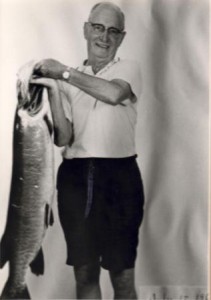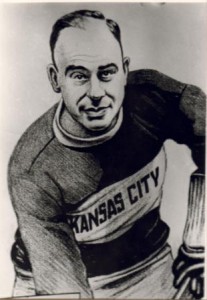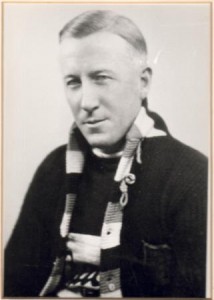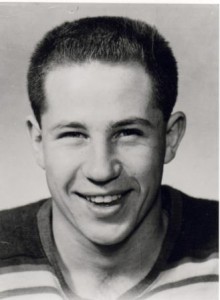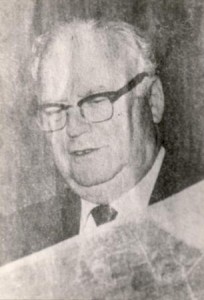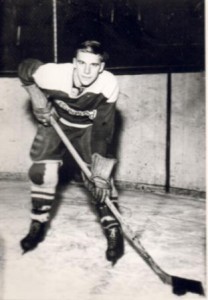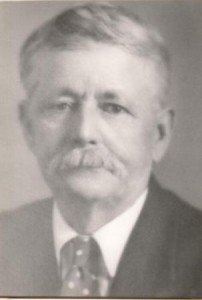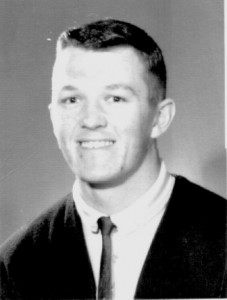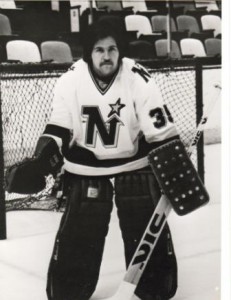 Lindsay was born in Collingwood, Ontario on September 7, 1955, the youngest of six children. He began skating at age three on an outside rink at Wasaga Beach, Ontario.
Lindsay was born in Collingwood, Ontario on September 7, 1955, the youngest of six children. He began skating at age three on an outside rink at Wasaga Beach, Ontario.
In the summer of 1962, Lindsay moved with his family toToronto. In the fall of 1962 at age seven Lindsay began his hockey career by joining the Bert Robinson Minor Hockey League at the tyke level.
He played in this league until 1964. After winning the league championship the
first year, he played a second year of Tyke house league hockey for Bert Robinson and a third Tyke year for the Bert Robinson “Hornets”. In 1965, he switched to the George Bell Hockey Association where he played for their M.T.H.L. representative for the next three years of Minor Atom, Atom, and Pee Wee level hockey. Over the next three years, these three teams accounted for three Metropolitan Toronto Hockey League
Championships, three Ontario Minor Hockey Association Championships, a Silver Stick Hockey Championship (Port Huron, Michigan) and a Quebec Pee Wee “AA” Championships (Quebec City).
In 1968, Lindsay transferred to St Michael’s College Arena to play Minor Bantam for Toronto Olympics (M.T.H.L.) the following year playing for Foster Firebirds (M.T.H.L.) in the Bantam division. Lindsay was selected as the Toronto Telegram’s All-Star Goalie in the M.T.H.L. Lindsay enjoyed two successful seasons of Junior “B” hockey, including selection as the Western Division’s All-Star Goalie in the Junior “B” All-Star game and the All Ontario Junior “B” Championships.
In 1977, Lindsay signed as a ‘free-agent” with the New York Rangers. He split his 1st year of professional hockey between the New Haven “Nighthawks” of the American League and Toledo “Goaldiggers” of the International Hockey League, leading the “Goaldiggers” to the Turner Cup International Hockey League Championship while being voted First All Star Goalie.
The second year (1978-79) Lindsay led the New Haven “Nighthawks” to the Southern Division Championship of the American Hockey League.
The following six years of professional hockey involved being drafted second by the Winnipeg Jets in the 1979 N.H.L. expansion draft. He split his time between the Jets and their central Hockey League Farm Team, the Tulsa Oilers. In 1981 Lindsay was names second All Star Team Goalie in the C.H.L. and in 1982 first All Star Team Goalie. Lindsay played for the Minnesota North Stars, New Jersey Devils and the Edmonton Oilers.

